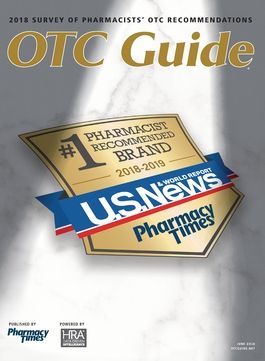Publication
Article
OTC Guide
Pharmacists Play Key Role in Driving Cough and Cold Treatment Choices
Author(s):
Evidence shows that pharmacists can help drive consumer decisions.
Evidence shows that pharmacists can help drive consumer decisions. This is particularly true when it comes to selecting natural products, according to a speaker at the ECRM Cough and Cold Efficient Program Planning Session held recently in Chicago.
“The advice of the pharmacist…has certainly instructed and informed consumers to make self-guided decisions on their health care,” said Dave Wendland, vice president of strategic relations at Hamacher Resource Group, Inc. “That’s guiding growth.”
Wendland began his presentation with a discussion on what “natural” means to consumers.
When discussing OTC products, the term “natural” generally “refers to self-care products that consumers use to prevent or treat minor ailments that are drug-free, contain natural plant ingredients, and are in most cases homeopathic,” he said.
For manufacturers of these types of products, it is important to engage retail pharmacists in the discussion, as they can provide a key venue to market these types of products, Wendland said.
“Independent pharmacies can be a real win for a brand,” he said, adding that they have the potential to cross-promote merchandise.
As an example, Wendland noted that during cough and cold =season, it is not unusual to see pharmacies displaying cold and allergy tablets near vitamins and minerals, in addition to homeopathic remedies.
If the pharmacist for the store recommends the product, it can be an even bigger win for the product, he said.
Once these natural items are placed in the pharmacy, packaging plays a key role in purchasing decisions.
Wendland advised that natural products retailers “consistently communicate about what your product does and repeat that message in all different forms in the package.”
When marketing natural products, he said that it is important to call attention to different certifications, such as “GMO free,” but beyond noting the certifications, he said it is more important to clearly communicate in a quick fashion what benefit the product would have for the consumers.
“You have 3 to 5 seconds to share with the consumer what you want to put out there,” Wendland said. “Communicate what your product is, and make sure the relevant attributes are clearly communicated. Shoppers are open to and are seeking brands to motivate them to live healthier lives.”







